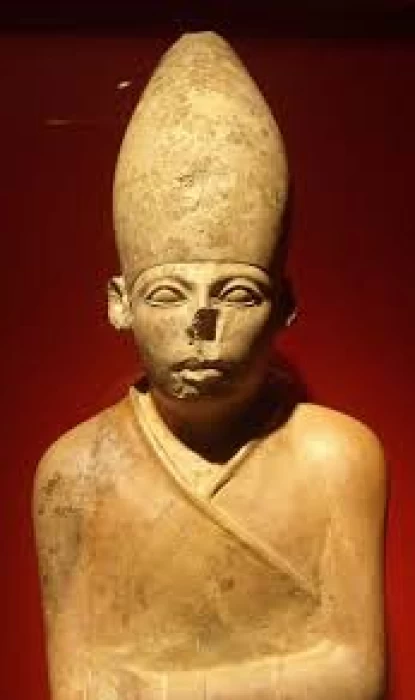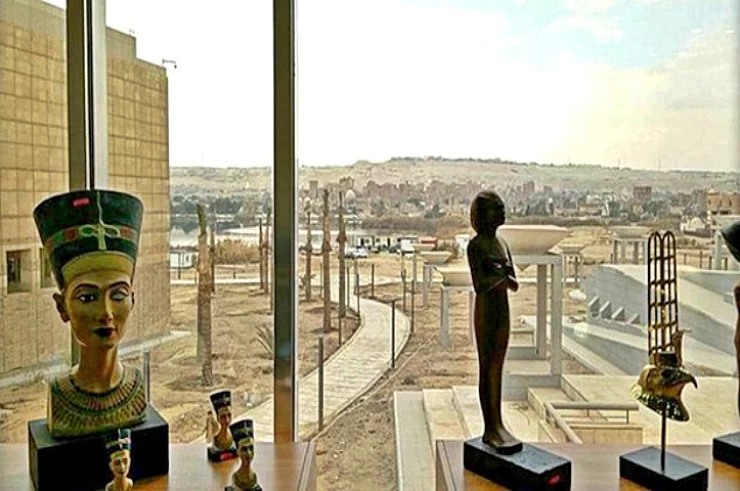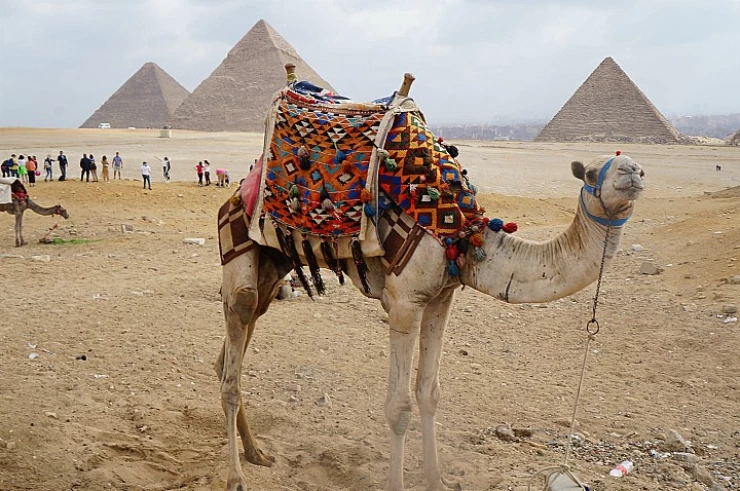
king Khasekhemwy | Second Dynasty’s last Pharaoh
Historians like Basim El Shmaa point out that among the statues designed about him is a statue on which is written "I killed 40 thousand enemies" and the statue is in the Egyptian Museum, adding that the statues during his reign were not written with the cartouche but had an alternative which is "Serekh" which means in hieroglyphs "face of the palace". You can see the mesmerizing statue and the treasures of the Egyptian Museum in one of Egypt Day Tours during your vacation in Egypt.
Moreover, historians stated that his name is written on top in a rectangular box with "Horus and Set" drawn on it, confirming that King Khasekhemwy worked to unify the two parts and during his reign, there was an attempt to separate the country. He worked to unify the two parts of Lower and Upper Egypt so that Egypt would continue as one state. Luxor and Aswan which are cities of upper Egypt are very important parts for Egyptians and people from around the world, you can explore them and discover the sparkling artifacts during Egypt Classic Tours with our professional team who will organize your time carefully.
Therefore, he is considered the most important king of Egypt because he was able to unify the country and thus, we saw the most important civilization in history, and with that huge thick high wall that was found is a fortress in which he fought the enemies who wanted to dismantle. King Khasekhemwy was smart and diplomatic in dealing with the enemy and the disputants. Egypt was a very lucky country with its Egyptian kings and rulers, they made huge efforts to rescue Egypt and maintain its stability and security, discover more about the Egyptian great history during Egypt Christmas Tours with our team.
















